BY BECKY SWANBERG — EMOON LEAD CONTENT EDITOR AND MIDDLE READER NOVELIST
In the first piece of this series, we talked about how authors make and break promises in their stories. Today we’ll be talking about another essential piece of the puzzle: your narrator.
The narrator is the voice that is telling the story. Narrative voice is critical to a successful story because it controls how the story unfolds. Is the narrator a main character, revealing internal struggle and conflict to the audience? Or is the narrator a removed, third-person voice giving a balanced take on the whole cast of characters? Here are a few traditional and not so traditional narrator choices.
Narrator as a Separate Character
From the opening lines of Lemeny Snickett’s A Series of Unfortunate Events, the narrator is an observer in the lives of the Baudelaire children. Sympathetic but cynical, the narrator adds humorous commentary, hints of foreshadowing, and interesting asides to the whole series. The distinct and consistent voice lends the story an extra something that gives the reader a feeling that someone is walking with them through the story. When well executed, this narrative choice adds humor and complexity to the story.
Multiple Points of View (POV)
A popular choice in contemporary young adult and romance novels, using multiple points of view means the story is told by different characters at different times. Authors can use first or third-person to achieve these snapshots of insight and increased understanding of a singular character’s journey. Writers who wield this well can communicate the differences in their characters by giving unique voices to each narrator, making it an excellent way to add depth and detail to people in the story.
Unreliable Narrator
The choice to use a narrator who may not understand or disclose exactly what is happening in the story is a risky but potentially rewarding choice. This narrator may give information, misinterpret events, or exclude details in order to mislead the audience. When done for a reason, it can lead to increased suspense and surprises at the end. But when executed lazily or inconsistently, it can feel to the reader that the author is changing the rules at the end of the game.
Unconventional Narrator
In the first book in Alan Bradley’s Flavia Deluce mystery novels, eleven-year-old Flavia has been locked in the closet by her older sisters. Her sharp wit and careful analysis mixed with observations befitting a child her age set the stage for this adult mystery series that is skillfully narrated by a young girl. Using a narrator that falls outside genre norms is a way of setting the story apart and making it memorable. This same effect is seen in Harper Lee’s To Kill a Mockingbird and in Barbara Kingsolver’s Poisonwood Bible.
In choosing a narrator for a story, writers should consider the tone and the role of the narrator in the overall story. Careful consideration mixed with a dose of creativity could lead to a narrator who is the right one to tell the story.


